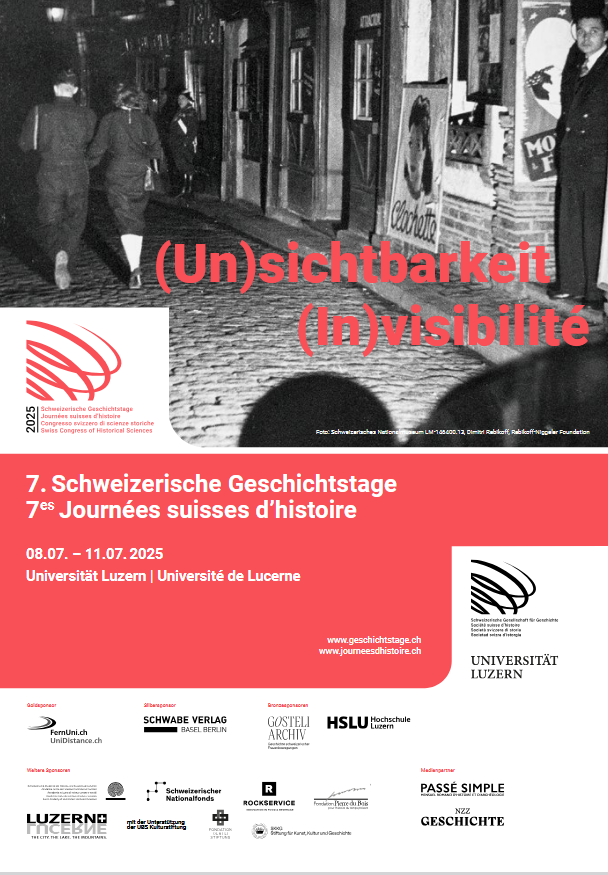Drs. Franziska Zaugg and Sabine Rutar chair panel at 7th Swiss History Days Conference – July 9, 2025
Drs. Franziska Zaugg and Sabine Rutar from the Yugoslav Wars Research Cluster will be chairing a panel ‘Images as bridges: Graphic novels as a means of visualizing historical experiences of violence’ on July 9, 2025. This session is a part of the 7th Swiss History Days Conference taking place at the University of Lucerne from July 8 to July 11.
The Swiss Historical Society, the professional association of historians in Switzerland, organizes the Swiss History Days every three years at different locations. This congress brings together hundreds of historians from Switzerland and abroad, and is one of the largest symposia of its kind in Europe. The Swiss History Days invite all disciplines into the dialogue and attract young academics as well as internationally renowned history teachers and researchers.
The theme for this year’s conference is (In)visibility. This focus is predicated upon the fact that visuality is omnipresent in the 21st century. Its aesthetic, technical, and social conditions, and their impacts, require a fresh engagement with its historiographical classification and perspective. The panel proposed and chaired by Dr. Zaugg and Dr. Rutar aims to reflect upon the visualizing power and impact of graphic novels within historical context. Here is the description of the session:
“To this day, historical scholarship is primarily oriented towards written texts, both in terms of its sources and the research literature. With regard to epistemic and experienced violence, the question arises as to how this can be adequately discussed with students and colleagues. For several years now, graphic novels (also called “comics”) have offered a new approach. Art Spiegelman’s “Maus,” which is now considered an icon of this genre, marked the beginning of making history visible through images. Since then, the possible approaches to the history of violence through graphic novels have intensified. Examples include the works of Joe Sacco on besieged Sarajevo in the 1990s and Jacques Tardi on the First World War.
Our panel aims to address this issue by bringing historians and artists into discussion about how violence can be methodically and convincingly visualized in graphic novels. The following questions will be central: How do artists, contemporary witnesses, and historians work together? How does the spoken word—the narrated memory, but also the invisible aspect of epistemic violence—become a narrative in images and words? How does historical expertise enter this story? How does the artist succeed in narrating biographical information in such a way that the memory can be made visible and coherently embedded in a larger historical context? What role do archival sources, both written and, in particular, visual (photos, films), play in the creation of a science-based, artistically compelling graphic novel?”
The panel touches on the research fields of biographical narrative, the history of war and violence, memory studies, visual history, trauma research, and political and historical education.
We also look forward to their insights and experience working with graphic artists and survivors with the Yugoslav Wars Research Cluster.
For further information about the conference program, please click here.
For a more detailed description of the three presentations on this panel, please click here.
‘Images as bridges: Graphic novels as a means of visualizing historical experiences of violence’
July 9, 2025
3:45 – 5:15 p.m. CEST
Seminarraum 3B48
University of Lucerne
Event link: https://geschichtstage.ch/frontend/index.php page_id=40244&v=List&do=0&day=5636&q=rutar







